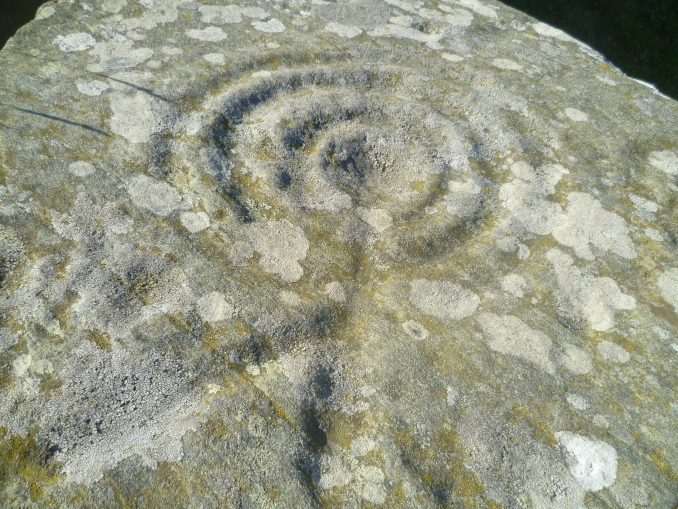Trying to unlock the mystery of prehistoric rock art in Scotland
Prehistoric rock art is more commonly known as cup and ring markings. There are about 2,400 prehistoric carved rocks known in Scotland, such as those at Drumtroddan, and it is likely many more have yet to be discovered and recorded. Little is understood about why they were made or what they meant to the people that carved them. They date back over 5,000 years, and were created by the people that lived in the Neolithic and Early Bronze Age. They are found mainly in areas of Atlantic Europe, with examples across the Celtic lands stretching from the north of Scotland to Galicia.
They comprise of cup-shaped depressions, often with radiating groves and one or more concentric rings, which are compiled into different, and often elaborate, designs. These motifs are carved onto natural rock surfaces in the open air and remain one of the most mysterious and enigmatic aspects of the belief systems held by our ancestors. Scotland’s Rock Art Project is a five-year project to record and research prehistoric rock art across the country. Funded by the Arts and Humanities Research Council the scheme is being run by Historic Environment Scotland (Scottish Gaelic: Àrainneachd Eachdraidheil Alba), in collaboration with Edinburgh University and Glasgow School of Art. They aim to work in collaboration with communities and individuals throughout Scotland, collecting data on the rock art. More information on the project can read on the Historic Environment Scotland website.






